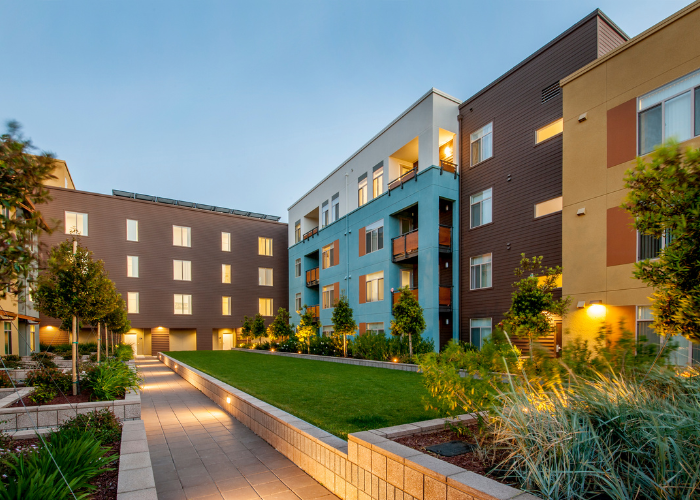


As Earth Day approaches, it's the perfect time to consider making eco-friendly updates to your rental property. Not only do these updates contribute to a healthier planet, but they can also save you some money in the long run!
One of the simplest yet most impactful eco-friendly updates you can make is replacing traditional incandescent light bulbs with energy-efficient LED bulbs.
LED bulbs consume significantly less energy and last longer than incandescent bulbs, resulting in lower electricity bills and reduced environmental impact.
Additionally, consider installing motion sensors or timers to automatically turn off lights when not in use, further conserving energy.

Another eco-friendly update that can make a big difference is installing water-saving fixtures in kitchens and bathrooms. Low-flow faucets, showerheads, and toilets use less water without sacrificing performance, helping to conserve this precious resource and lower water bills for both landlords and tenants.
Additionally, consider fixing any leaks promptly to prevent water wastage and minimize water damage to the property.
Upgrading to energy-efficient appliances, such as refrigerators, dishwashers, and washing machines, can significantly reduce energy consumption and greenhouse gas emissions. Look for appliances with ENERGY STAR certification, which indicates that they meet strict energy efficiency guidelines set by the U.S. Environmental Protection Agency (EPA).
While the initial investment may be higher, the long-term savings on energy bills and environmental benefits make it a worthwhile investment.
Installing a smart thermostat allows you to optimize heating and cooling systems for energy efficiency, providing convenient temperature control. Smart thermostats learn your preferences and adjust accordingly, helping to reduce energy waste and improve comfort.
Some smart thermostats also provide energy usage insights, empowering tenants to make informed decisions about their energy consumption.

Landscaping can also play a significant role in sustainability efforts. Consider planting native plants that require less water and maintenance, installing drip irrigation systems to minimize water waste, and using organic fertilizers and pesticides to promote soil health and biodiversity.
By incorporating permeable paving materials, such as gravel or permeable pavers, you can help reduce stormwater runoff and prevent soil erosion.
Our dedicated team is committed to providing top-notch property management services that not only optimize property performance but also enhance landlord and tenant satisfaction.
From comprehensive tenant screening to efficient maintenance coordination, we handle the day-to-day tasks so landlords can enjoy peace of mind and maximize their investment returns. Trust Ascent Property Management to be your partner in property success in San Diego.







